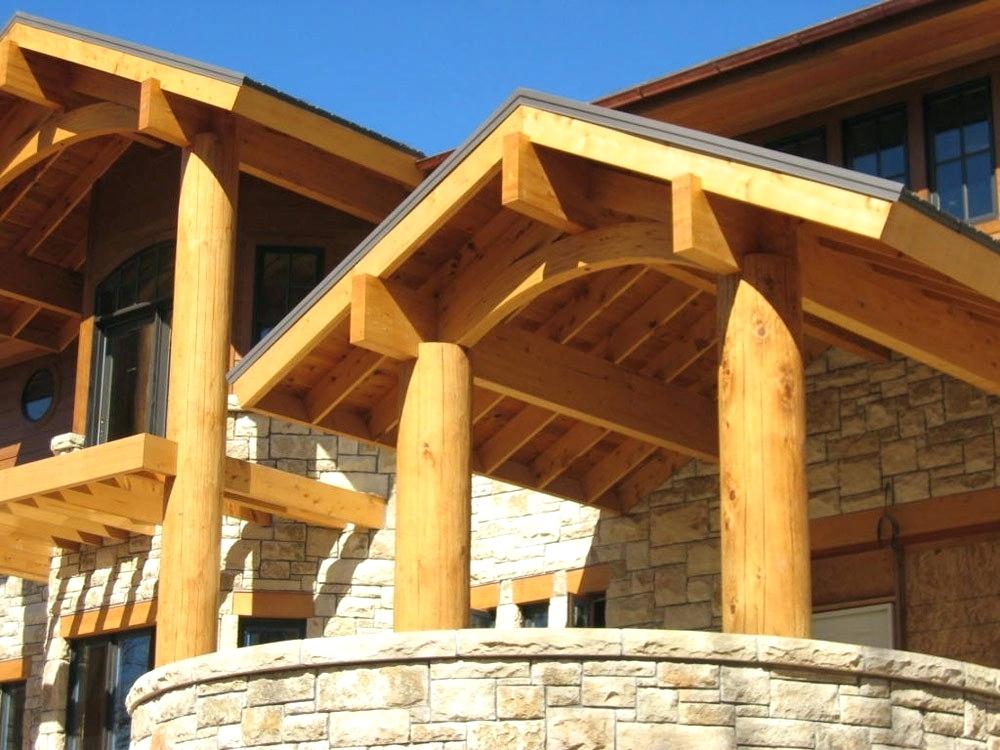
All about Yellow and Red Cedar Siding
Native to the Pacific Coast, Yellow Cedar and Red Cedar wood species have innately pleasing aromas and long-term value. They are both loaded with natural preservatives, also known as tannins, which provide superb durability to buildings over time. The inherent properties of the two woods also result in less rot and mildew, prone to other types of wood. For these reasons and more, cedar siding is an excellent choice for custom West Coast homes and commercial buildings. But there is more to be learned about these two woods.
Yellow Cedar Siding
Yellow Cedar is found only on the Pacific Coast of North America, stretching from southern Oregon all the way up to southern Alaska. Slow-growing and harvested in smaller quantities than Western Red Cedar, Yellow Cedar’s relative scarcity adds an element of distinction for use in siding.
The hardest of all cedars, the wood of the Yellow Cedar is characterized by a distinct uniform yellow colour. It is considerably harder than most commercial softwoods and therefore has excellent strength and wear properties as well as good shock resistance.
The Alaskan Yellow Cedar and Sitka Cypress are other names used interchangeably for Yellow Cedar. In fact, it’s a Cypress, not a Cedar. AYC is primarily valued for its’ density and durability. Consequently, it does not absorb stain as easily as Red Cedar.
Red Cedar Siding
Red Cedar is found only in BC around the Pacific Coast and as far north as Alaska, but also in the valleys of the wetter areas of the interior and in western Washington and Oregon. Western Red Cedar is known to have the longest lifespan of any tree in BC.
Although softer and lighter in weight than Yellow Cedar, Red Cedar absorbs stain and paint much better since it is pitch-free and resin-free. In addition, Red Cedar Siding is more tonal, straight-grained, and non-porous.
Red Cedar softwood is moderately strong when compared to Yellow Cedar. Since it comes from the largest trees, it can also yield a larger assortment of dimensional lumber.
In addition, it dries quickly with minimal shrinkage and excellent stability. Red Cedar Shingles are also a classic siding option with excellent insulating properties. Knotty Western Red Cedar is a more rustic siding option.
Any type of cedar siding can be used for an entire siding job or can be installed as an accent point. Although pricey, cedar lasts virtually a lifetime and is environmentally friendly unlike many other siding materials.
When building a custom home, it’s important to select the best species of wood siding to maximize durability while minimizing cost. Longhouse Specialty Products is ready to assist you with any further questions regarding versatile cedar siding selections. They offer FSC (Forest Stewardship Council)® certified Western Red Cedar siding directly harvested from Vancouver Island.
